
Ever wonder how locals eat moringa in the place where it grows best? Although non-native, moringa has quickly spread across West Africa in efforts to end the wide spread malnourishment. With stunting affecting half the population under 5 years old, there is incredible importance for an understanding of not only how to grow moringa but how to eat it in the most enjoyable form.
As a curious Peace Corps volunteer living in West Africa and working closely with the superfood, I figured I would find out how the majority of the population eats moringa. I asked for help from the woman who knows moringa best, my Beninese counterpart, Pierrette, who leads trainings in rural villages surrounding our town on the exact such topic.
The word “recipe” was lost in translation between myself and Pierrette. In a country that is 80% illiterate, I am not sure why I was expecting something written. My counterpart, Pierrette, along with her 11 siblings learned the following “recipe” from her mother, who had learned from her mother and so on and so forth. I was lucky enough to sneak into this lineage and learn how moringa leaves have been prepared for generations all over West Africa.
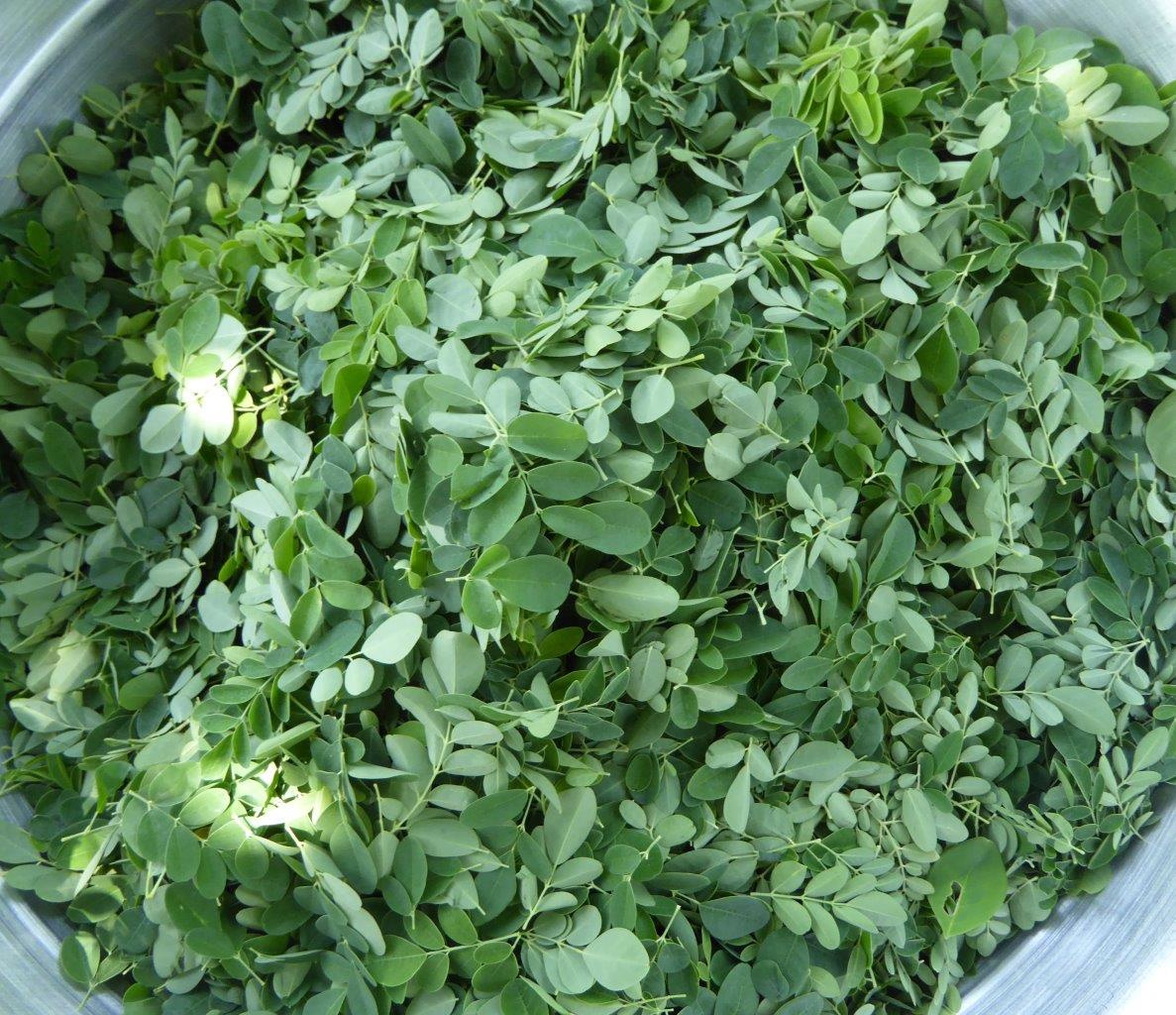
African Moringa Sauce Step By Step
- The first step of preparation was to trim the moringa trees (which sparks more leaf growth) and de-stem. Even with all hands on deck, this took about an hour to get enough leaves to feed 15 people.
- After removing the stems and yellow/brown leaves, we washed the remaining fresh leaves twice in purified water.
- Normally people in Benin cut onions and tomatoes directly in their hands. However, fearful for our finger tendons, my friend Hannah and I opted for plates and cutting boards. We chopped 5 tomatoes, 6 onions and peeled about 3/4 of a cup worth of garlic.
- Next we crushed the garlic using a “crazée”, a common tool in households and as close to a food processor as one can get in Benin.
- While we were preparing ingredients for the moringa sauce, Pierrette cooked pate, a Beninese staple that accompanies nearly every meal. Pate is simply corn flour and water beaten over an open flame until it becomes a texture similar to smooth, thick mashed potatoes. It does not have much flavor and is nutrient poor but typically just serves as a vehicle for the sauce, which in this case was packed with healthy moringa.
- We sauteed the onions, garlic, salt, palm oil, mustard seeds, sesame seeds and half the onions to make a base for the sauce. Next we added a protein source- for us it was fish. To preserve their nutrients, add the washed moringa last when the sauce is just about finished cooking. Garnished with the rest of the chopped onion and voila- traditional African moringa sauce.
Ingredient Summary
- Moringa Leaves
- 6 Onions
- 5 Tomatoes
- 3/4 cup garlic
- Corn Flower Pate
- Fish
- Palm Oil
- Mustard Seeds
- Sesame Seeds
- Salt
All in all after the harvesting, chopping, crushing, beating, etc., the meal took about 4 hours to prepare. But all this hard work only made eating the meal more enjoyable to those involved. Keep in mind we were feeding 15 people so if you’d like to try out the sauce for yourself simply reduce the amount of ingredients. Enjoy!

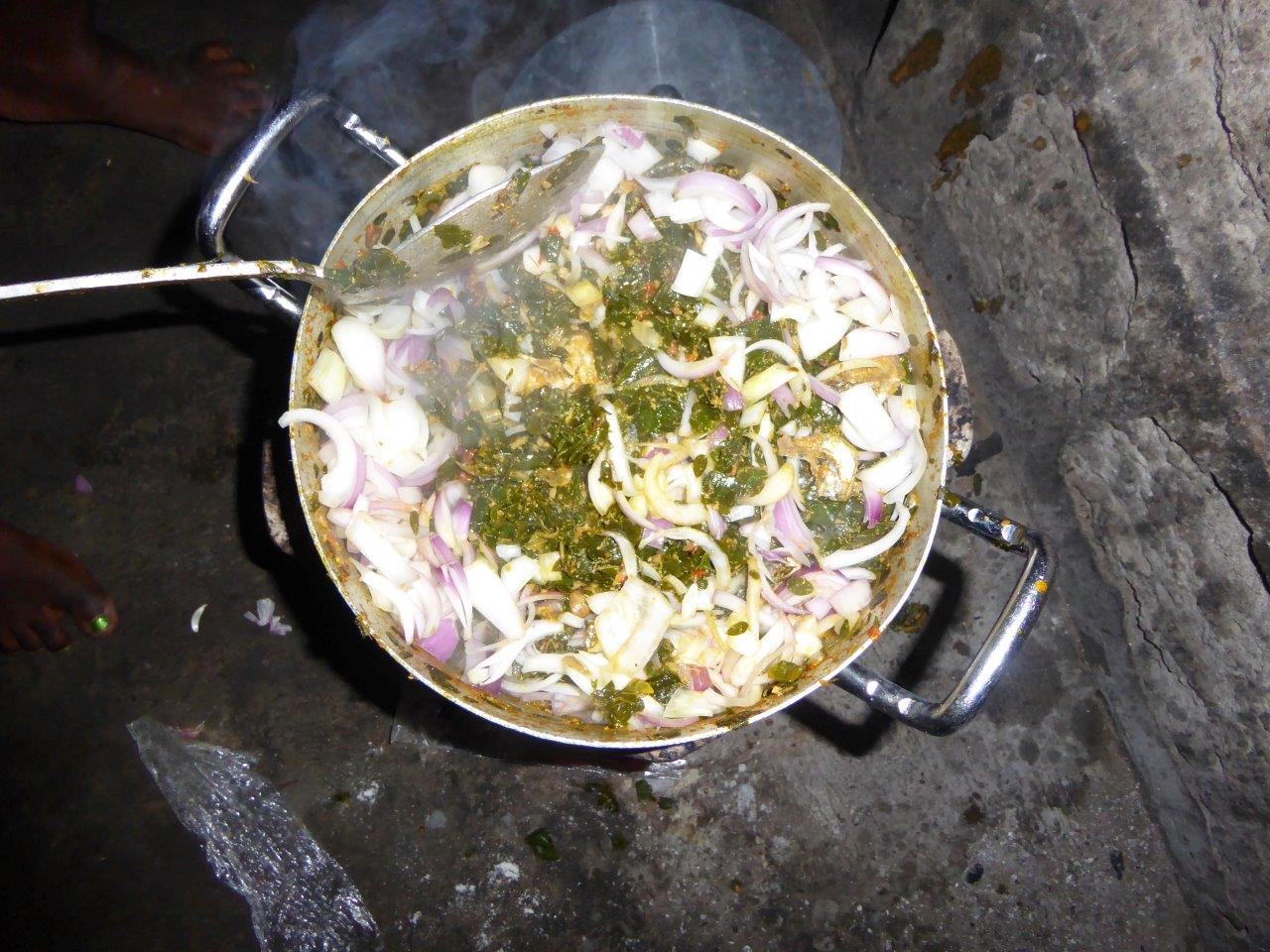


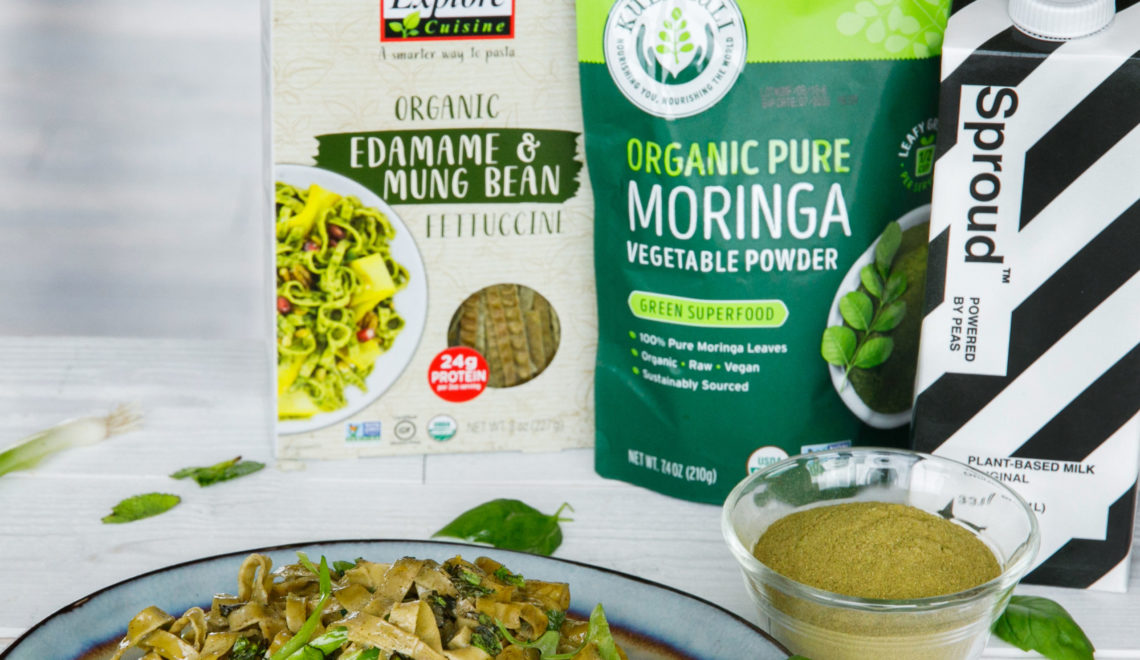
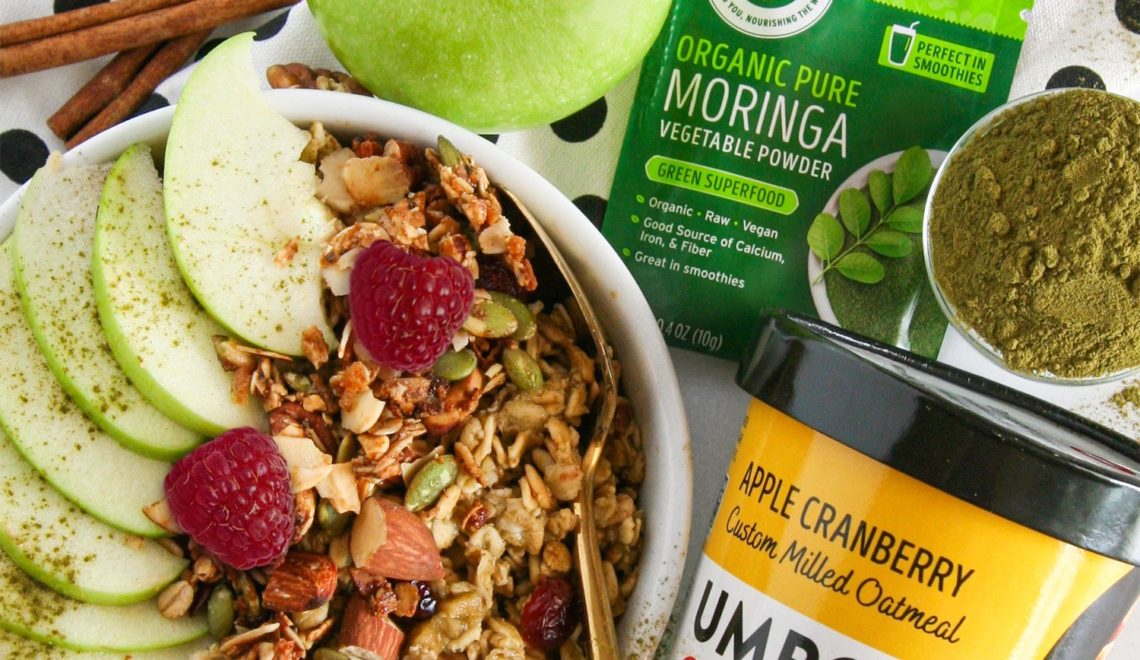





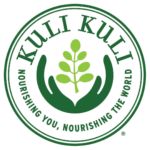

INTERESTIN! GOING TO TRY IT
Awesome! We hope it turned out amazing!
Thank you Julie! We visited Pierrette and were served this sauce. It was delicious but I neglected to ask for the recipe.
Hi Ms. Lee! I was glad to hear you had a great trip to Benin! This sauce was my absolute favorite out of all of Pierrette’s tasty dishes.
I’ve been living in West Africa (Niger) for a little over a year, and this is pretty similar to a several meals I have had with moringa.
“ Although non-native, moringa has quickly spread across West Africa in efforts to end the wide spread malnourishment.” This is a plant used by my family for hundreds of years in West Africa. It is cooked at least once a week. What makes it non-native, I am just curious?